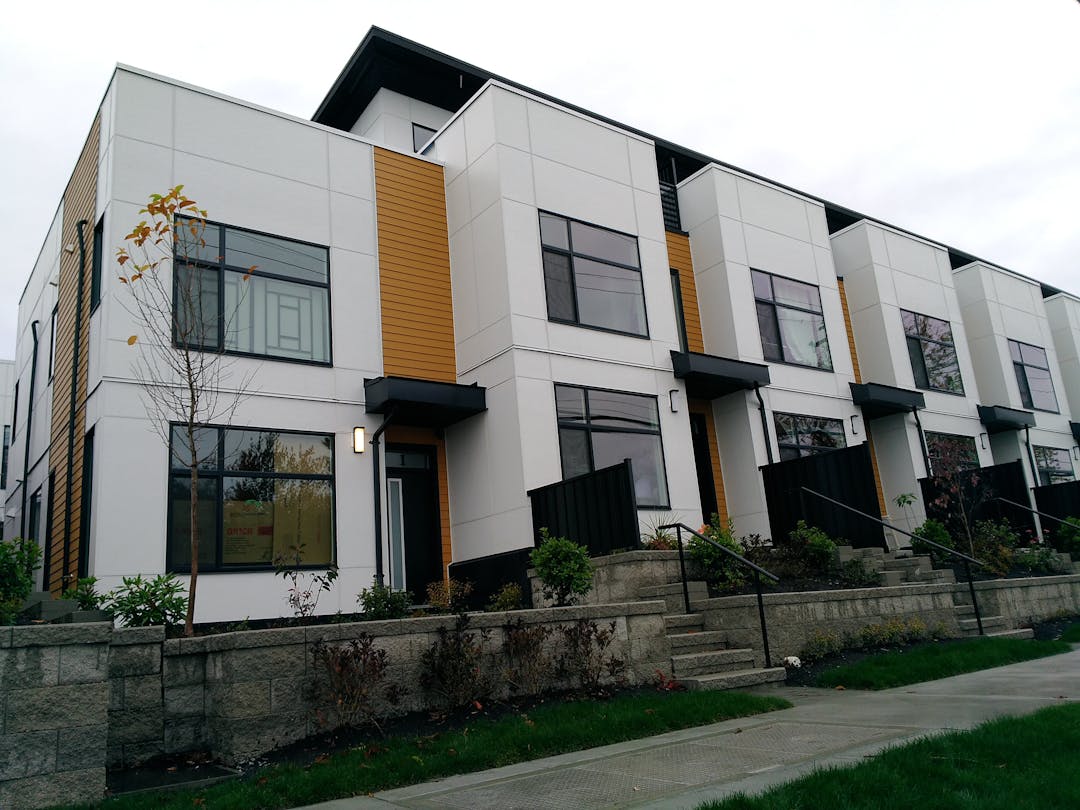Infill Housing Phase One: Review
Consultation has concluded

Project Update: July 25, 2023
Council’s new Strategic Priorities Plan identifies homes and housing options as a key priority for the City. This, combined with anticipated changes in provincial regulations, has changed the scope and timeline of the infill housing program review.
As an interim measure, to ensure that the feedback from community members and past applicants is acted upon, we are implementing the pilot Streamlined Guidelines for laneway and carriage houses.
These guidelines do the following:
- Focus in on guidelines most important to achieving the intent of the program, and remove some of the detail that was resulting in longer review timelines;
- Clarify which guidelines “must be met” and which are offered “for consideration”;
- Provide more clarity on definitions and expectations.
The intent of piloting these guidelines is to allow for rapid implementation of improvements to the program, and to allow revised guidelines to be tested and evaluated. The program implementation will continue to be monitored.
The City of New Westminster is reviewing the successes and challenges of the Phase One Infill Housing Program. Launched through adoption of the Official Community Plan in 2017 after considerable community engagement, the goal of the program is to provide more housing choice for New Westminster in the form of laneway and carriage houses, and infill townhouses and rowhouses. These types of housing are important to us! Laneway houses provide much needed rental housing and aging in place opportunities in our city, while infill townhouses are often more achievable to own than single detached houses.
With your help, alongside our technical review process, we will make recommendations to Council to refine the program and encourage more of these housing options by reducing the cost of these projects, speeding up the approvals process, and encouraging more energy efficient buildings.
Community Engagement
Thank you for taking the time to participate in our community survey! The infill housing program review will be informed by the perspectives of City of New West community members and those who have participated in a laneway house or infill townhouse project. Your feedback will be included in a report to Council towards the end of the year.
What are laneway and carriage houses?
 Example of carriage houses (yellow structures)
Example of carriage houses (yellow structures)Laneway and carriage houses are small, detached, ground-oriented dwellings located in back yards. Laneway houses are located on properties that are accessible from a lane. Carriage houses are located on properties without lanes. Laneway and carriage houses can be used for family or as rental units.
Laneway and carriage houses are permitted on most single detached properties in New Westminster, outside of Queensborough. Laneway houses are not permitted on any Queensborough properties due to the neighbourhood’s unique circumstances (e.g., the floodplain). A separate process is needed to determine the potential for laneway houses in Queensborough.
Interested in building a laneway or carriage house? Click here to learn more.
What are infill townhouses and rowhouses?
 Example of infill townhouses
Example of infill townhouses Townhouses and rowhouses are attached, ground-oriented units. The units are side-by-side, not stacked.
Townhouses are strata title developments, which means that owners own their individual unit (or “strata lot”) and together own the common property and common assets as a strata corporation. Parking for townhouses is typically located at the rear of the property.
Rowhouses, like most single-detached properties, are fee-simple developments, which means that one property owner owns the land and the buildings or structures on the land. Parking for rowhouses is accommodated on individual lots.
Infill townhouse and rowhouse projects provide smaller and fewer units than standard townhouse projects, which helps them fit better in established neighbourhoods. The Official Community Plan permits these projects in areas outside of Queensborough. In that neighbourhood, larger, standard sized townhouses are permitted in select areas.
Interested in building infill townhouses or rowhouses?
- Click here to view the Infill Townhouse and Rowhouse Development Permit Guidelines.
- Click here to view the Infill Townhouse and Rowhouse Residential Zoning District (RT).
- Click here to learn more about building townhouses and rowhouses.
- Click here to learn more about development in New Westminster


